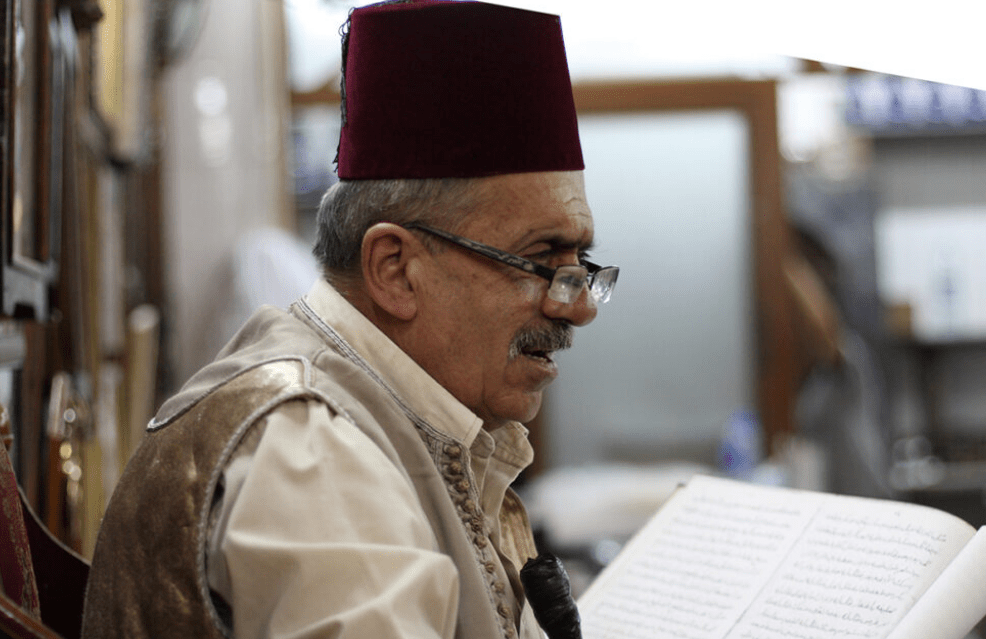By Islam Salah
Storytelling has always been at the heart of Middle Eastern culture, where tales of love, adventure, and moral lessons were passed down through generations. At the heart of this tradition was the hakawati, a master storyteller who would captivate audiences with their tales.
Today, while modern entertainment dominates, the legacy of storytelling continues to shape the region’s cultural identity, proving that the art of a good story is far from fading away!
The Hakawati: A Cultural Tradition
A hakawati is a master of storytelling, known for weaving tales, myths, and moral lessons that engage listeners. The term stems from the Arabic words hekaya (story) and haki (to speak).
In ancient times across the Arab world, the hakawati was a revered figure in both rural villages and urban centers.
These storytellers engaged their audiences using rich metaphors, rhymes, and lively exaggerations, transforming simple stories into captivating performances.
Whether narrating historical epics or everyday fables, the hakawati helped shape communal entertainment and cultural discourse.
The Golden Age of Hakawati
The 18th century marked the golden age of the hakawati, with stories from 1001 Nights and legendary figures like Antar and King Baybars charming audiences.
One of the most famous storytellers of this era, Ahmad al Saidawi, is said to have spent 372 nights recounting the tale of King Baybars in Lebanon, holding his audience spellbound.
During this time, hakawatis were more than just entertainers—they were key communicators of moral lessons and cultural values. The storytellers were highly respected and often held a position of influence, second only to kings, shaping public opinion and bridging generations through their narratives.
The Decline of the Hakawati Tradition
As modern entertainment, such as television, cinema, and the Internet, grew in popularity, the hakawati profession began to fade. Across the region, changing cultural consumption patterns made live storytelling less relevant.
Plus, the globalization of media, especially during Ramadan, introduced televised shows and dramas, offering a new way for people to connect with stories. This shift gradually replaced the communal, live storytelling experience that once thrived in villages throughout the Arab world.
Reviving the Tradition: New Forms of Storytelling
The hakawati tradition is experiencing a revival across the Middle East, especially during cultural events like Ramadan. In various community centers and festivals, storytellers continue to fascinate audiences with tales that echo the traditional art form.
Modern storytelling has also evolved, with people sharing personal narratives in public spaces, addressing social issues and real-life experiences.
Interestingly, while modern media once contributed to the decline of hakawati, platforms like social media are now helping to revive it, enabling storytellers to reach wider audiences and keep the tradition alive in innovative ways.
Timeless Tales, Evolving Mediums
The hakawati tradition may have changed forms, but its essence lives on across the Middle East. From modern performances in vibrant cities to cultural initiatives, it thrives in new ways. This evolution proves that while the medium transforms, the power of storytelling remains eternal!
WE ALSO SAID: Don’t Miss… The Power Of Storytelling: Our Favorite Ramadan Ads So Far



